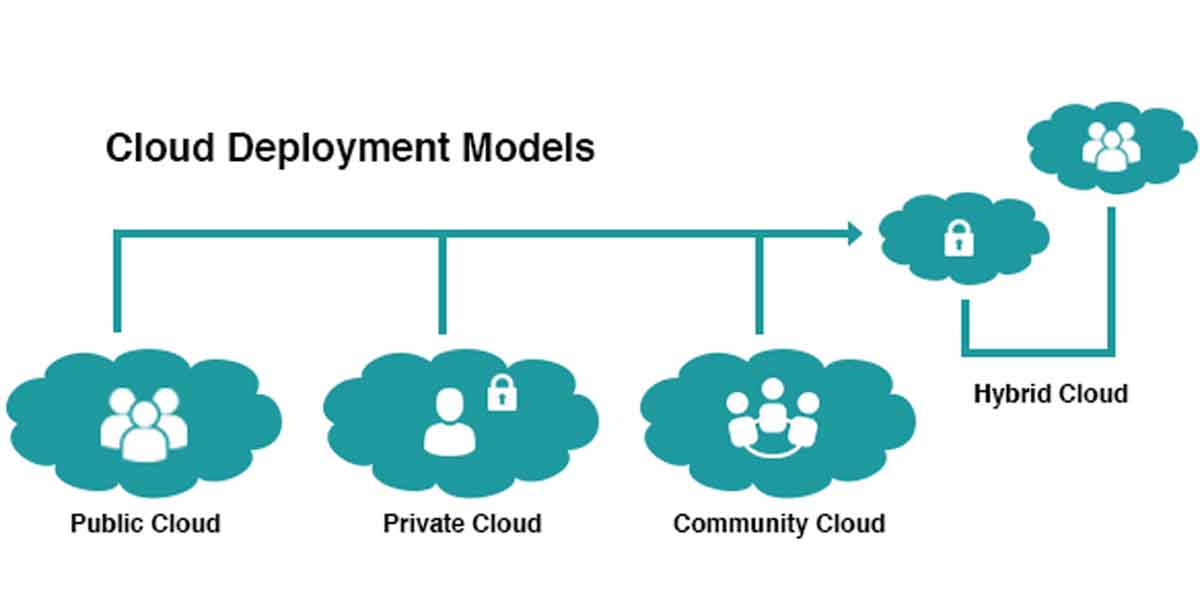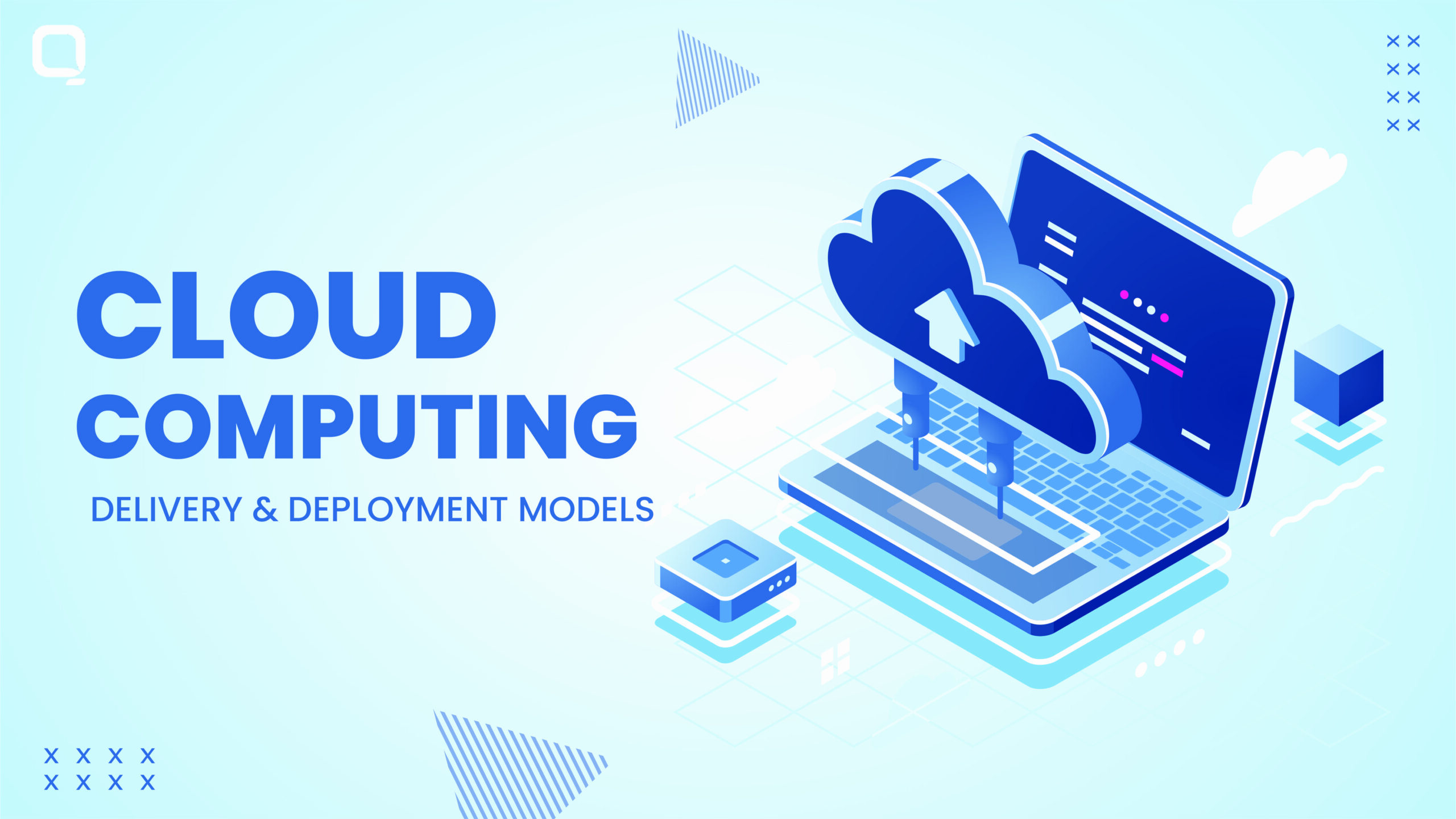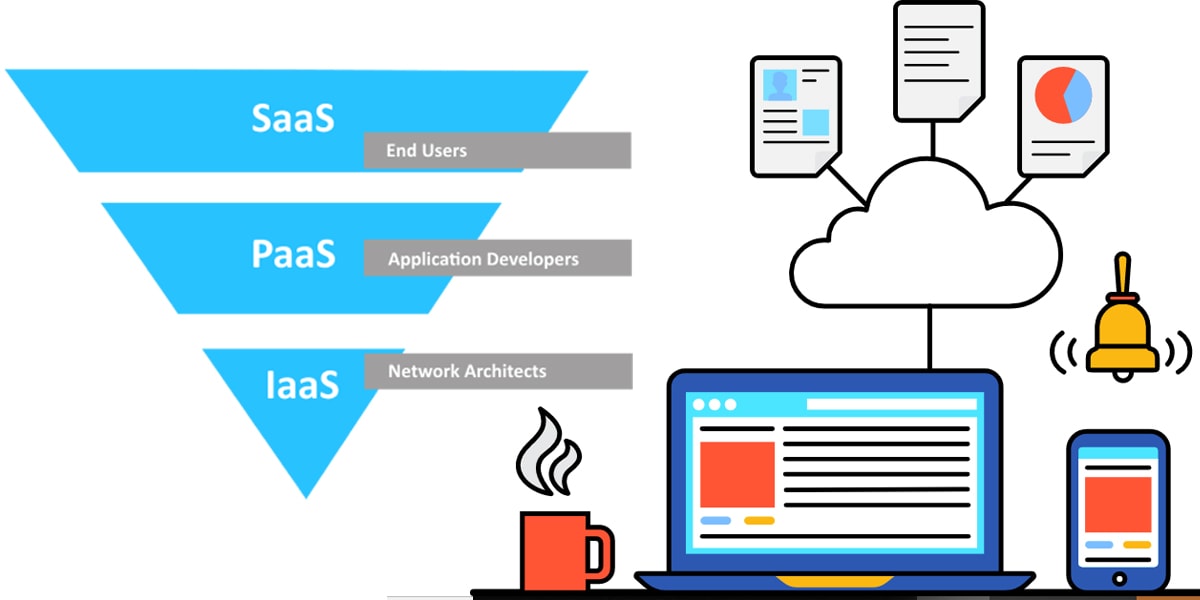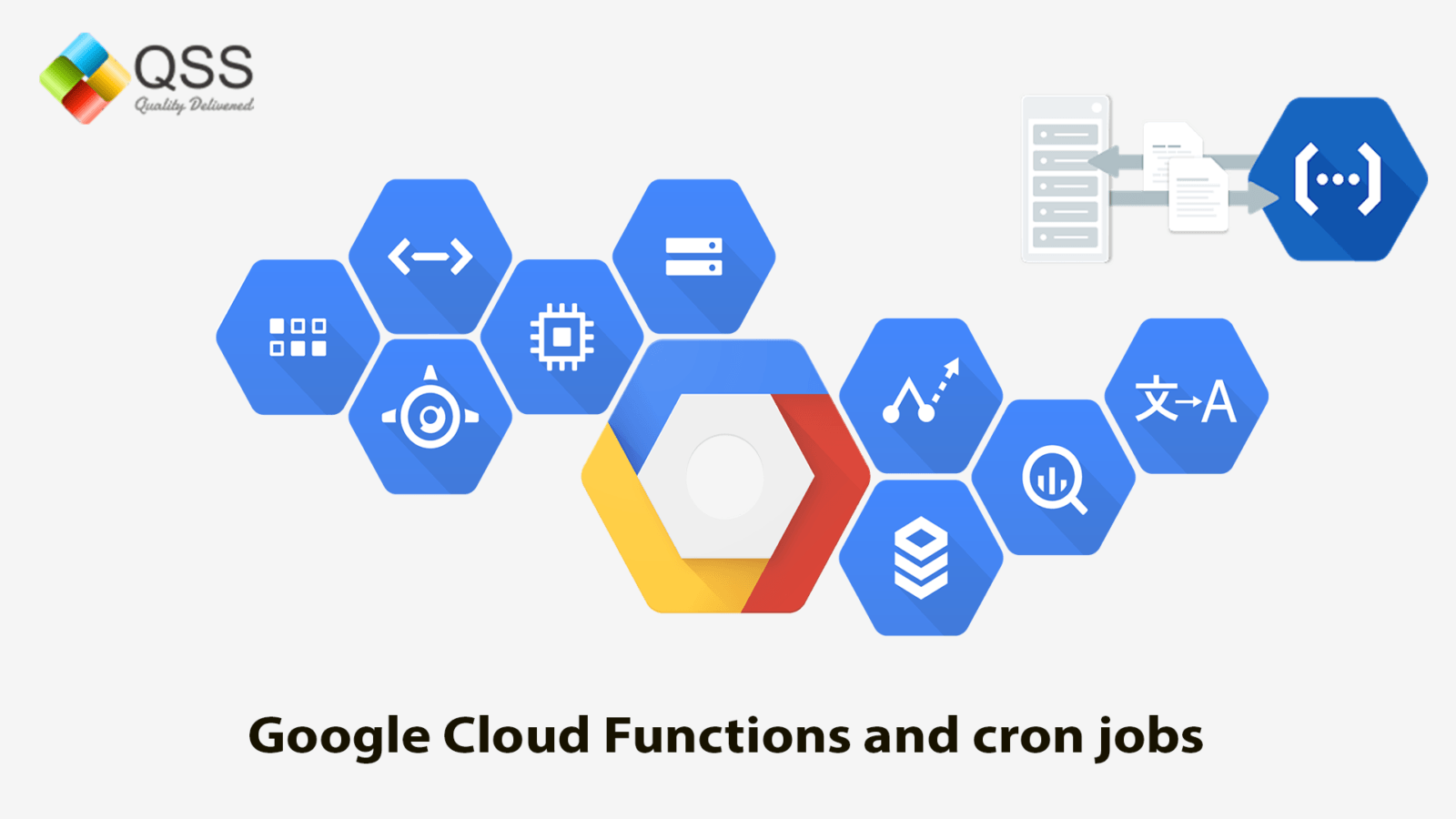Abstract
This article is about Cloud Computing and its several models. This article will give you a general understanding of the cloud environment and state its benefits in today’s tech world, where organizations compete with each other. As it is totally a business model so it has given great advantages to small-scale industries to efficiently expand their business.
Introduction
Cloud Computing can be defined as a pool of resources that is available to anyone as a service over the Internet. This new way of computing has totally changed the organization’s way of managing its business. Cloud computing is more than a service in a remote data canter. It provides several ways that can help organizations quickly and efficiently to add and subtract resources almost in real-time.
Why Cloud Computing?
In the last few decades the amount of data has increased exponentially and because of that data storage as well as its management has become primary concerns of the organization. These organizations spend a lot of money on maintenance of their data centers and servers other than focusing on their core business. Cloud Computing provides a very efficient mechanism for these organizations to maintain their data centers and servers up to date at a very optimum cost.
As Cloud Computing is totally a business model, it has given the liberty to many large and small scale businesses to grow at an exponential rate with limited resources only.
Cloud Computing also offered a flexible environment to these organizations to access any piece of technology, which was traditionally unavailable to them.
The services exposed by cloud provider companies like AWS to host paramount solutions developed by a cloud-based application development company with thoughtful and proven architecture to rightly map the solution hosted against a cloud service offered such as PAAS, DAAS or IAAS.
Cloud Computing Models

1. Service Models
There are three services that generally all cloud providers offer, which are as follows:-
1. SAAS: “SAAS” stands for software-as-a-service. This is just a software distribution model in which the software is used by the end users, and is hosted by the cloud providers over the centralized cloud server. There are lots of software that are provided to the end users in this fashion such as Gmail, Games, CRM, etc.
2. PAAS : “PAAS” stands for platform-as-a-service. The name itself reflects the idea that this model is providing some platforms. This model is specifically used by developers to create, deploy and manage the application. There are lots of cloud vendors that provide these services such as Google Apps Engine(GAE), Windows Azure, SalesForce.com are examples of PAAS.
3. IAAS: “IAAS” stands for Infrastructure-as-service. As virtualization is one of the important parts of cloud computing, so based on that this model provides virtualized computing resources to the end users via the Internet.
2. Deployment Models
Based on the deployment Model, the cloud can be divided into the following subcategories, which are as follows:-

1. Public Cloud
As the name suggests, this type of cloud is generally hosted for the client/ users who can access the cloud services very easily. The public cloud is better suited for commercial purposes for load management. This type of cloud is economical due to the very low cost of its services. IBM, Google, Amazon, Microsoft, etc. are examples of companies offering public cloud installations.
2. Private Cloud
As the name suggests this type of cloud is generally hosted on the enterprise’s premises. The idea of this type of cloud came into the picture because many organizations are having concerns regarding the security issues of the public cloud. So they came up with the idea of a private cloud, which is under the control of only specific executives. This type of cloud is also termed corporate or internal.
3. Community Cloud
This type of cloud is very much similar to the private cloud, unlike private cloud this type of cloud is used and maintained by a group of organization that requires similar types of services.
Since organizations have consistent security, privacy, and performance requirements, this multi-tenant data center architecture helps organizations achieve their specific goals. A community model is therefore particularly suitable for organizations working on joint projects. In this case, a central cloud facilitates the development, management, and implementation of the project. In addition, all users share the costs.
4. Hybrid Cloud
This type of cloud is simply the combination of two or more cloud servers, i.e. private, public, or community combined in a single architecture, but which remains a single individual unit. This configuration is commonly used by large companies. Important data is generally preferred in private cloud and public domain support services, such as search, email, blogs, CRM, etc.
Benefits of Cloud Computing:
1. Greater Accessibility
Cloud-based software is easily accessible through most browsers and mobile devices.
2. Lower Cost, Greater Freedom for Developers
A cloud-based architecture relieves a significant workload from an organization’s IT teams.
3. Scalability and Flexibility
Cloud Computing is ideal for organizations with growing or fluctuating bandwidth requirements. Organizations can easily increase their cloud capacity by simply changing the usage plan. If an organization wants to reduce its business, the organization’s cloud provider can reduce it.
An established cloud application development services company watchfully recommends its customers choose the right cloud platform such as public, private, community, or hybrid to best fit their current and growing needs.
About Author:
Suraj Bhushan Pandey: Software Engineer at QSS Technosoft - A Full Stack Developer, works in react, express and graphql. Always interested to learn the latest trends and technologies and taking challenging tasks.
About QSS:
QSS has a proven track executing web and mobile applications for its esteemedcustomers. The company has a core competency in developing and deliveringenterprise level applications using Cloud Computing Services






